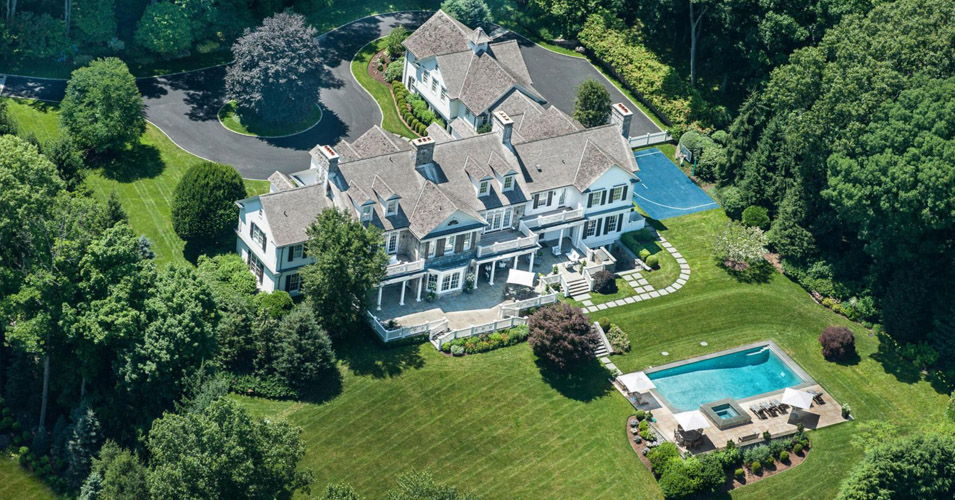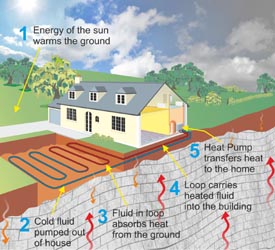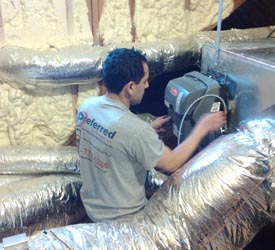
Geothermal Systems
A better way to heat and cool is right under your feet
Geothermal systems – also known as ground source heat pump systems (GSHPS) or geothermal heat pumps (GHPs) have been around for decades. A growing number of homeowners are finding savings in their own back yards by utilizing the earth’s natural energy to heat and cool their homes. It’s called geothermal energy – and it can save you some green while you’re going green.
The Department of Energy and the Environmental Protection Agency have both endorsed ground source heat pump systems as among the most energy-efficient and environmentally friendly heating, cooling and water heating systems available.
How It Works
The temperature of the earth below the surface – from a few feet to hundreds of feet down – is moderate and fairly constant. Instead of burning fossil fuels, a geothermal heat pump absorbs the energy stored in the earth to heat a home in the winter. In the summertime a heat pump rejects the heat from the space and transfers it back into the earth – making it extremely efficient and cost-effective.
To make it work, you need three basic elements: an underground loop system, a geothermal heat pump, and an air-delivery system.
- Loop System: This is a system of high-density polyethylene plastic pipes buried in the ground. They are filled with fluid, a mixture of water and antifreeze, that circulates throughout the pipes. Open-loop systems circulate water drawn from a well.
- Geothermal Heat Pump: The geothermal heat pump extracts heat from the fluid within the loop using a vapor-compression refrigeration cycle. This heat is then sent into the home. In the summer, it extracts heat from the indoor air and transfers it to the fluid, which cools as it circulates through the loop.
- Air-delivery System: Most geothermal pumps use an electrically driven fan to distribute the air through ducts in the home.




